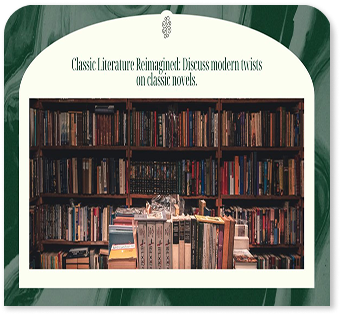-
Mon-Fri: 10AM to 8PM 01722665665
-
My Account
-
-
0
Total :
₹ 0.00

The primary objective is to provide a comprehensive understanding of key scientific concepts and principles essential for students in Class 10, aligning with the curriculum set by NCERT.
The textbook is published by the National Council of Educational Research and Training (NCERT), ensuring it meets national educational standards.
The textbook covers a variety of essential topics, including chemical reactions, life processes, light, electricity, and environmental science, providing a well-rounded exploration of science.
The content is organized into well-defined chapters, each focusing on specific scientific principles, ranging from chemical reactions to environmental science.
Yes, the textbook features informative diagrams and illustrations to help students visualize complex scientific concepts and enhance their understanding.
While it is primarily designed for the Indian curriculum, students worldwide can benefit from its foundational approach to basic scientific concepts.
The NCERT Science textbook emphasizes a conceptual understanding over rote learning, with real-life applications of concepts, making it unique in its approach.
Yes, each chapter concludes with review questions and exercises to reinforce learning and assist students in preparing for their exams.
The book is structured to cover all syllabus requirements, with systematic explanations and exercises that equip students with the knowledge and skills needed for board exams.
The NCERT Science textbook is periodically updated to align with the latest educational standards and scientific advancements relevant to the curriculum.
The primary objective is to provide a comprehensive understanding of key scientific concepts and principles essential for students in Class 10, aligning with the curriculum set by NCERT.
The textbook is published by the National Council of Educational Research and Training (NCERT), ensuring it meets national educational standards.
The textbook covers a variety of essential topics, including chemical reactions, life processes, light, electricity, and environmental science, providing a well-rounded exploration of science.
The content is organized into well-defined chapters, each focusing on specific scientific principles, ranging from chemical reactions to environmental science.
Yes, the textbook features informative diagrams and illustrations to help students visualize complex scientific concepts and enhance their understanding.
While it is primarily designed for the Indian curriculum, students worldwide can benefit from its foundational approach to basic scientific concepts.
The NCERT Science textbook emphasizes a conceptual understanding over rote learning, with real-life applications of concepts, making it unique in its approach.
Yes, each chapter concludes with review questions and exercises to reinforce learning and assist students in preparing for their exams.
The book is structured to cover all syllabus requirements, with systematic explanations and exercises that equip students with the knowledge and skills needed for board exams.
The NCERT Science textbook is periodically updated to align with the latest educational standards and scientific advancements relevant to the curriculum.


